James had built his business from the ground up. A boutique marketing agency, started from his living room, had grown into a full-fledged operation with a steady stream of clients. Things were looking up—until they weren’t.
The turning point came when James made a decision he thought was smart: hiring fast. His small team was stretched thin, deadlines were slipping, and the stress was mounting. He figured adding a couple of employees would ease the pressure. So, he brought on two full-time hires—one for client management, another for content creation—without a second thought.
At first, things seemed to improve. The workload lightened, and James could finally breathe. But within a few months, cracks began to show. Payroll was eating into profits faster than expected. The new hires weren’t as efficient as he’d hoped, and with more people in the mix, communication became a mess. Projects stalled, costs soared, and what once felt like relief turned into a financial headache.
By the time James realized he had hired too soon, the damage was done. He had to make a tough call—layoffs. The very thing he had hoped to avoid—team burnout and instability—ended up happening anyway, but now with an added layer of financial strain and difficult conversations.
So how do you get hiring right? When is the right time to grow your team without putting your business at risk?
Let’s break it down.
The Hidden Costs of Hiring Too Early or Too Late
Hiring at the wrong time is like playing poker with your business’s future. Go in too early, and you burn through cash before you see real returns. Wait too long, and you risk missing out on growth—or worse, running yourself and your team into the ground.
Hiring too soon: The silent cash drain
It’s easy to assume that bringing in more hands will fix everything. More people, more productivity—right? Not always. Hiring before your business can support it financially or operationally is like putting extra weight on a boat before checking if it floats.
Here’s what happens when you hire too early:
- Payroll becomes your biggest headache. A new employee isn’t just their salary—it’s benefits, taxes, and overhead. If revenue doesn’t keep up, that cost becomes a slow bleed.
- New hires sit idle or do low-value work. If there isn’t enough consistent work to justify a full-time position, you’re paying for empty hours.
- Processes get messy. More people mean more coordination. Without clear systems in place, tasks get duplicated, communication gaps widen, and efficiency takes a hit instead of improving.
Hiring too late: The growth killer
On the flip side, waiting too long to hire is a surefire way to stall your business. You’ll see the signs:
- You (and your team) are drowning. If you’re clocking in 60+ hours a week and still struggling, it’s a sign that your business needs more support.
- Customer experience starts slipping. Missed emails, late deliveries, or declining quality? That’s your reputation taking a hit—one that’s hard to recover from.
- You’re turning down opportunities. If you’ve started saying “We’d love to, but we don’t have the capacity,” then your business is bottlenecked by lack of help.
Hiring too soon creates financial risk. Hiring too late kills momentum. The trick is knowing when the time is right—and that’s exactly what we’ll get into next.
The Gut Check: Do You Really Need Another Employee?
Hiring isn’t always the answer. Sometimes, what feels like an urgent need for more hands is really a problem of inefficiency, unclear priorities, or processes that haven’t been optimized. Before committing to a new hire, it’s worth taking a step back and asking: Do you truly need someone new, or is there another way to solve the problem?
Red flags that signal it’s time to hire
Some signs are hard to ignore:
- You’re turning down business because your team can’t handle more workload.
- The work is piling up faster than it gets done, even with systems in place.
- Mistakes and delays are increasing, affecting quality and customer experience.
- Key employees are stretched too thin, doing tasks outside their expertise just to keep things running.
If these problems persist despite process improvements, hiring might be the right move.
When it’s a process problem, not a hiring problem
Not every workload spike requires a new employee. Ask yourself:
- Are tasks being duplicated or repeated unnecessarily? A workflow issue might be the real culprit.
- Can automation or better tools solve the problem? Software can often replace manual processes without adding payroll costs.
- Are you prioritizing correctly? If everything feels urgent, it might be a sign that workload distribution needs fixing, not that another person is needed.
Hiring should be a strategic decision, not a reaction to stress. Before making a move, make sure the problem can’t be solved another way.
The Smart Hiring Formula: When and Who to Bring In First

Hiring isn’t just about filling a gap—it’s about making the right investment. The best hires don’t just lighten your workload; they drive revenue, improve efficiency, or create new opportunities.
The revenue vs. workload test
A common mistake is hiring based on how overwhelmed you feel rather than whether the business can actually sustain the cost. Before adding to your payroll, ask yourself:
- Can you comfortably afford this hire for at least six months, even if revenue stays the same? If losing one big client would put you in the red, it’s too soon.
- Will this role directly or indirectly generate income? Hiring a salesperson, for example, is different from hiring an assistant. One can increase revenue, while the other improves efficiency—both are valuable, but timing matters.
The ‘Most Expensive Problem’ Rule
If hiring is an investment, where should you invest first? Start with the area that’s costing the business the most—either in lost revenue or inefficiency.
- Sales and marketing roles: If leads aren’t converting fast enough, a salesperson or marketer can increase revenue.
- Operations and fulfillment roles: If customer experience is slipping due to delays or errors, an ops hire can fix it.
- Administrative support: If you (or key team members) are stuck handling scheduling, invoicing, or emails instead of high-impact work, an assistant might be the right call.
Hire for growth, not just relief
A hire should free up time, but more importantly, it should move the business forward. The right employee isn’t just someone who takes work off your plate—they should help create more opportunities, more efficiency, or more revenue.
Full-Time, Part-Time, or Contractor? The Best Way to Scale Smartly
Hiring doesn’t always mean bringing someone on full-time. Payroll is one of the biggest fixed expenses a business takes on—so choosing the right hiring model matters.
When a full-time hire makes sense
Committing to a full-time employee should come with predictable, ongoing work that justifies the cost. It’s the right move when:
- The role is critical to daily operations. (Think: customer service, production, or sales.)
- The workload is consistent and growing—not just a seasonal spike.
- The business can afford six to twelve months of salary without straining cash flow.
The case for part-time or contract work
For many small businesses, flexibility is key. If you’re not sure a role needs a full-time employee, a part-time hire or contractor can bridge the gap.
- Freelancers/contractors: Great for specialized skills (e.g., design, copywriting, tech support) without long-term commitments.
- Part-time employees: Ideal for roles that require ongoing work but don’t yet justify a full-time salary.
- Project-based work: If you need help for a temporary surge (e.g., a product launch), hiring per project might be more cost-effective.
Test before you commit
Rushing into a full-time hire can backfire. Instead, start small and scale up. Can the work be outsourced first? Can you bring someone on part-time before transitioning them into a permanent role? A slow, strategic approach reduces risk and gives you time to find the right fit.
The ‘Bad Hire Tax’: Why Hiring the Wrong Person Costs More Than Staying Small
A bad hire isn’t just a setback—it’s expensive. Between lost productivity, wasted salaries, and potential damage to your reputation, the cost of a hiring mistake can easily outweigh the benefits of growing your team.
How a bad hire drains your business
- Lost time and money – Recruiting, onboarding, and training take resources. If the hire doesn’t work out, you’re back to square one.
- Team morale takes a hit – A wrong fit disrupts workflow, frustrates existing employees, and can create unnecessary tension.
- Customer experience suffers – A disengaged or underperforming hire can lead to missed deadlines, sloppy work, or poor communication.
How to avoid rushed decisions
Hiring under pressure leads to mistakes. Instead of rushing, take a more measured approach:
- Use a ‘Trial Run’ Method – Start with a contractor, part-time role, or probationary period before committing.
- Hire for adaptability, not just skills – Skills can be trained; mindset and work ethic can’t. Look for someone who fits your company’s culture and can grow with the business.
- Ask better interview questions – Skip the clichés. Instead of “Where do you see yourself in five years?” ask “Can you describe a time you handled a difficult client?” or “How do you stay productive when juggling multiple deadlines?”
A great hire fuels growth. A bad one sets you back. Taking the time to get it right is always the better investment.
The Final Gut Check: If You’re Not Sure, Do This Instead
Hiring is a commitment, and second-guessing yourself is normal. If you’re unsure whether now is the right time, press pause and assess the alternatives.
Pause: Audit Your Workload
Before hiring, take a hard look at how work is currently being handled. Ask yourself:
- Is every task on your plate necessary, or are there inefficiencies?
- Can existing team members take on more with better systems or automation?
- Are you stuck doing work that could be outsourced or delegated differently?
Sometimes, hiring isn’t the best first move—optimizing is.
Optimize: Automate and Streamline First
Bringing in another person won’t fix broken systems. If tasks are repetitive or administrative, software solutions might be a better first step.
- Project management tools can keep teams on track without adding headcount.
- AI-driven automation can handle tasks like scheduling, invoicing, and email follow-ups.
- Delegation tweaks can redistribute workload before bringing in a new hire.
The ‘Three-Month Rule’
Still on the fence? Give it 90 days.
- If the same problems persist after trying to optimize, hiring may be the right move.
- If things improve, you’ve just saved your business from an unnecessary payroll expense.
Smart hiring isn’t about reacting to stress—it’s about making decisions that strengthen the business long-term. If you’re not sure, slow down. The right hire at the right time will always be worth the wait.
Wrapping Up: Hiring as a Growth Strategy, Not a Survival Tactic
Hiring should never be a reaction to stress—it should be a deliberate, strategic move that fuels long-term growth. Bringing in the right people at the right time keeps your business strong, but rushing into it or waiting too long can be costly.
The key is simple: Hire when it strengthens revenue, improves efficiency, or opens new opportunities—not just because you’re overwhelmed.
If you’ve optimized your systems, pinpointed the right role, and ensured the business can sustain the cost, hiring is an investment worth making. But if you’re hiring just to put out fires, it’s worth pausing and reassessing.
Growth isn’t just about adding people—it’s about building a team that actually moves the business forward.




